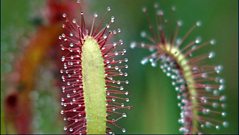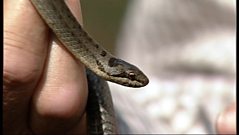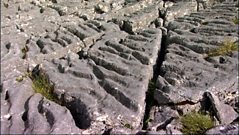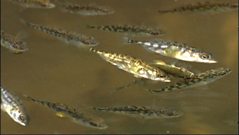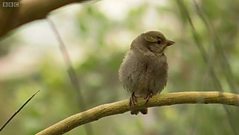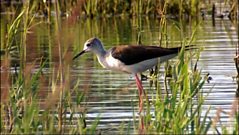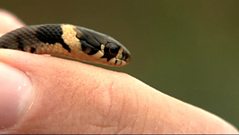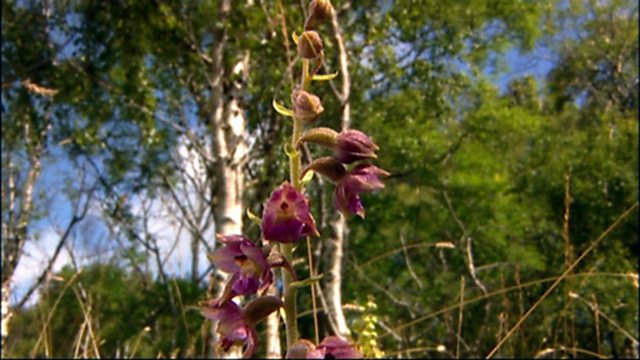
Butterflies and orchids
Bracken and limestone create a haven for fritillaries.
Janet Sumner meets Kerry Milligan of the Cumbria Wildlife Trust to see butterflies. There are many dark green fritllaries out already. It gets its name from the dark green patch under the wing. High summer is the time to come here, since these butterflies live for only a short time in July and August - just enough time to find a mate and breed. As the path leaves the trees there is a riot of wildflowers. The limestone reflects the sun, helping to ripen wild strawberries. Janet smells a dark red helleborine orchid, which is a nationally scare species that only grows on limestone. Wild juniper also gorws here. The berries take 2 or 3 years to ripen and give flavour to gin. many flowers are scented to attract bees, moths and butterflies. Whitbarrow is definitely a stronghold for the dark green fritillaries and the rarer high brown. Late afternoon is the best time to see them. Bracken is the reason that this area is so good for fritillaries - it provides shade for violets, which are the food plants of the butterflies. They lay their eggs on the violets, the bracken litter or even on rocks which the sun warms up, so they develop really quickly.
Duration:
This clip is from
More clips from Summer: Moorland, Hills and Heath
-
![]()
Damsels in distress
Duration: 01:17
-
![]()
Made of muscle
Duration: 01:29
-
![]()
Dungeons of death
Duration: 02:25
-
![]()
Limestone lovers
Duration: 03:35
More clips from Nature's Calendar
-
![]()
Bizarre behaviour—Series 1, Summer: Parks and Gardens
Duration: 01:27
-
![]()
Hot-housing sparrows—Series 1, Summer: Parks and Gardens
Duration: 01:42
-
![]()
Long-legged lovelies—Series 1, Summer: Wetland
Duration: 02:38
-
![]()
Young grass snake—Series 1, Summer: Parks and Gardens
Duration: 01:30

